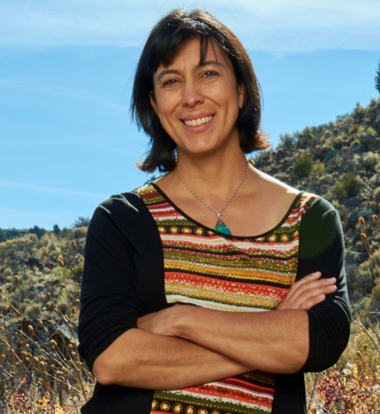Colorado Field Institute hosts a winter lecture on SLV plants

ALAMOSA — Because of its unique geography, the San Luis Valley (SLV) hosts a variety of vegetation types, ranging from dry grasslands to alpine tundra.
At high elevations, small plants, adapted to a short growing season are common. At intermediate elevations, a range of plant community types such as spruce-fir, lodgepole pine, aspen, limber-bristlecone pine, mixed conifer, Douglas fir, ponderosa pine, and piñon-juniper can be found. The region between the foothills to the expansive Valley floor hosts several types of woodland and shrubland communities including sagebrush, scrub-oak, grassland-shrub, rabbitbrush and greasewood. Willow-cottonwood communities are common along the rivers and streams that meander through the SLV.
There are more than 200 ponds, marshes, and playas in the Blanca Wetlands that are home to a diversity of plants, some rare and endangered. The SLV is also home to the Great Sand Dunes which host an endemic community of plants specially adapted to the Dunes. The rich diversity of vegetation types also gives rise to interesting transitional plant communities.
Many SLV plants have been used in one way or another by the Ute and Jicarilla Apache thousands of years ago and then by Spanish settlers in the last few hundred years. Throughout the SLV, a variety of plants served special purposes such as food, textiles, and medicines. Early Spanish settlers also brought their own traditional herbs. The blending of traditional plant uses between Ute, Jicarilla Apache, and Hispanos (people of colonial Spanish descent) is evident today.
Many people of the SLV continue to use traditional plants as foods and remedios, collecting plants from the grasslands and desert shrublands all the way up to the subalpine forests. This talk will describe the different ecosystems of the SLV and discuss the ethnobotanical (cultural and medicinal) uses of selected plants.
The lecture will be held at 7 p.m. on Wednesday, January 24th, in Porter Hall, Room 130, on the Adams State University Campus, 208 Edgemont, Alamosa.
Dr. Kristy L. Duran was born in Antonito and graduated from Antonito High School. She is currently an Associate Professor of Biology at Adams State University. She is passionate about undergraduate research and engages students in projects examining the effects dwarf mistletoes on host physiology and ecology. She earned her B.S., from the University of New Mexico, M.S. in Neurobiology from Colorado State University, and Ph.D. in Evolutionary Biology from the University of Colorado, Boulder.
She is the advisor for the Society for the Advancement of Chicanos and Native Americans in Science (SACNAS) Adams State Chapter. She is Ford Fellow and Linton-Poodry SACNAS Leadership Institute alumnus. Dr. Duran is dedicated to teaching and serves on the leadership board of 500 Women Scientists.
The Colorado Field Institute is a nonprofit corporation organized in 2005 to promote greater stewardship of the natural and cultural resources within the San Luis Valley. For more information on this event, email us at [email protected] or visit our website at www.coloradofieldinstitute.org
Caption: Dr. Kristy Duran/Courtesy photo



